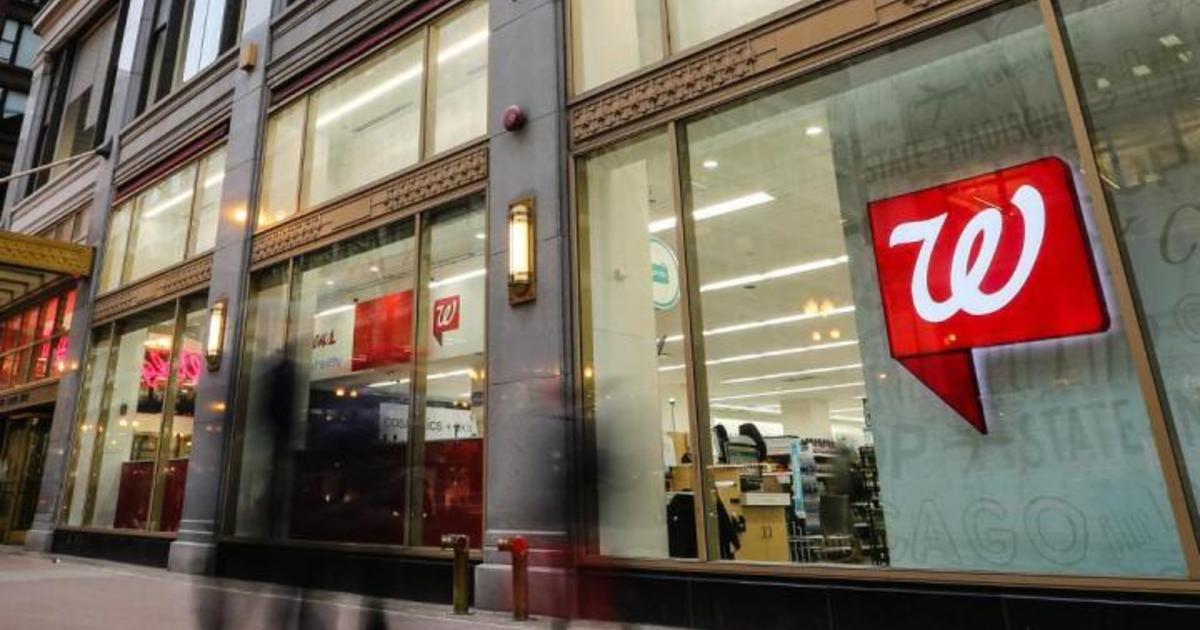
Walgreens Boots Alliance will close a significant portion of its roughly 8,600 U.S. stores as the pharmacy chain seeks to turn around its struggling business, which has been hit by inflation-weary customers paring their spending.
“The current pharmacy model is not sustainable,” CEO Tim Wentworth told investors on a Thursday earnings call.
With 75% of the company’s U.S. stores accounting for 100% of its adjusted operating income, the company plans to examine the remaining 25% of its stores for closures, which would occur over the next three years, said the executive, who took the company’s helm in 2023. Shuttering 25% of its 8,600 U.S. locations would result in about 2,150 store closures.
“Changes are imminent,” but some of the specifics are still fluid, Wentworth said of the impending shutdowns. “There’s not one exact number” of closures.
Wentworth added that the company will definitely shutter a number of its underperforming stores, but that other locations could be shifted to profitability.
Inflation has taken a toll on Walgreens’ business, with consumers “increasingly selective and price sensitive on their selections,” according to Wentworth. But analysts said that the chain’s problems are also of its own making.
“Walgreens does itself no favors in this environment by having a lackluster proposition and broadly uncompetitive prices compared to mass merchants,” Neil Saunders, managing director of GlobalData, stated in an emailed research note. “It is no good executing selective promotions, which the chain did over the past quarter, there needs to be a more fundamental overhaul of the retail offer.”
Walgreens a month ago cut prices on 1,300 products, following Target and other retailers in lower prices as the U.S. economy shows signs of slowing.
Are layoffs planned?
The company does not anticipate large-scale layoffs in closing stores, as it believes most employees at those locations would transfer to other Walgreens outlets, Wentworth said.
“You don’t need to have the number of stores we have today,” he said, adding that Walgreens expects to retain most of the subscriptions-filling business from the still-to-be-closed locations.
“Reducing capacity is not a bad thing, from a payer standpoint,” Wentworth said. “We can serve payers very effectively from the footprint that remains.”
The call with analysts came after Walgreens cut its guidance and reported worse-than-anticipated third-quarter earnings that received a negative reception on Wall Street, with shares of Walgreens falling by $3.47, or 22%, to close at $12.19 each, on Thursday.
Pharmacy troubles
Walgreens is not alone in struggling to grow its U.S. retail pharmacy business.
In October, Rite Aid said it planned to shutter 154 stores nationwide as part of its bankruptcy filing, which came amid slumping sales and mounting opioid-related lawsuits.
Pharmacies — both independent locations and retail chains — are closing around the country amid low reimbursement rates for pharmacy care as well as low dispensing fees for Medicaid enrollees.
Further, while Medicaid enrollment ballooned during the pandemic, some 18 to 20 million people have since been dropped from the program, with some of those patients failing to pick up other coverage, another loss for the pharmacy industry at large, Wentworth noted.
Walgreens and other pharmacies often lose money selling brand name drugs due to agreements with pharmacy benefit managers, or PBMs. These groups, who serve as middlemen between health plans and drug manufacturers, negotiate prices with drug companies and set reimbursement rates for pharmacies.
“The playbook is a bit dated; we are working with PBM partners to make those changes,” Wentworth said.
Meanwhile, some pharmacies are also coping with labor issues, with pharmacists at Walgreens and CVS Health walking off their jobs last year to protest longer hours and insufficient staff.
NB: Ratingmania is a place to find the finest discounts on the internet and all the necessities.
Source url www.cbsnews.com
Walgreens








